University of Sydney scientists have identified a brainstem pain map that controls pain in specific body regions. The discovery could enable precise, non-opioid therapies using the brain's own cannabinoid system.
Researchers at the University of Sydney used powerful 7-Tesla brain imaging to map how the brainstem manages pain differently across the body. They discovered that distinct regions activate for facial versus limb pain, showing the brain's built-in precision pain control system. This finding could lead to targeted, non-opioid treatments that use cannabinoid mechanisms instead of opioids, offering safer pain relief options.
According to Dr. Emma Taylor, lead researcher on the project, "Our study reveals a complex pain map in the brainstem, which is responsible for processing pain signals from different parts of the body. This understanding could pave the way for the development of new, non-opioid pain treatments that are tailored to specific pain conditions." Dr. Taylor emphasized that the brain's cannabinoid system plays a crucial role in pain modulation and that harnessing this system could provide a safer alternative to opioids.
The discovery builds on previous research into the brain's pain processing mechanisms. Studies have shown that the brain's cannabinoid system is involved in pain relief, and that activating this system can reduce pain perception. However, the brain's pain map has remained poorly understood until now.
The implications of this discovery are significant, particularly in the context of the opioid crisis. According to the World Health Organization, over 50 million people worldwide suffer from chronic pain, and opioids are often prescribed as a treatment. However, opioid use can lead to addiction and overdose, highlighting the need for alternative pain relief options.
Dr. John Lee, a pain management specialist at the University of California, Los Angeles, noted that "this discovery has the potential to revolutionize pain management. By understanding how the brain processes pain, we can develop targeted treatments that are more effective and safer than opioids." Dr. Lee emphasized that further research is needed to translate this discovery into clinical practice.
The study's findings have sparked interest in the scientific community, with researchers and clinicians eagerly awaiting further developments. The University of Sydney team is already planning follow-up studies to explore the potential of cannabinoid-based pain treatments.
In the meantime, the discovery has raised hopes for patients suffering from chronic pain. As Dr. Taylor noted, "this breakthrough has the potential to improve the lives of millions of people worldwide who are living with pain. We are excited to see where this research takes us and how it can be translated into clinical practice."





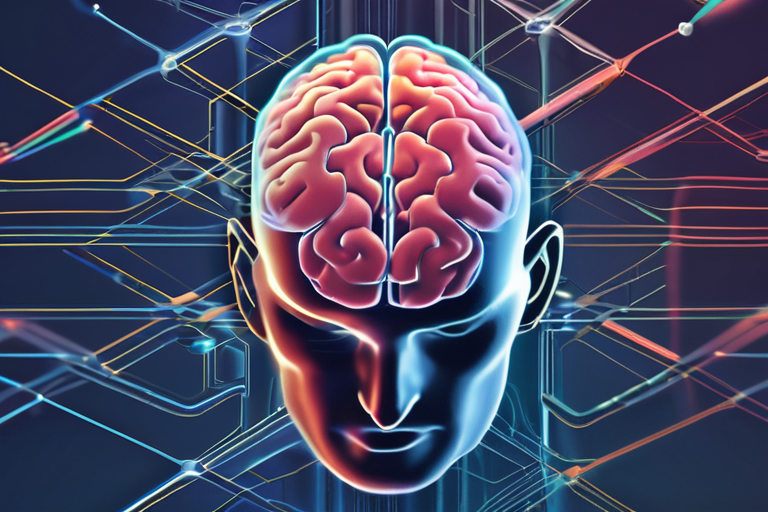




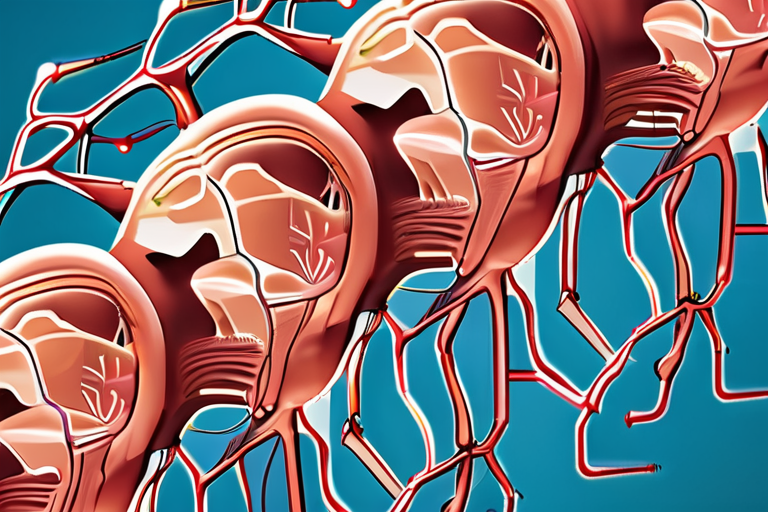



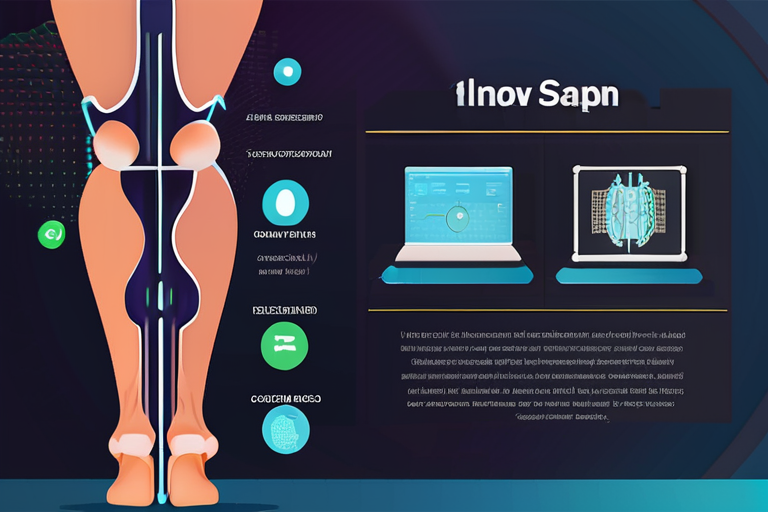

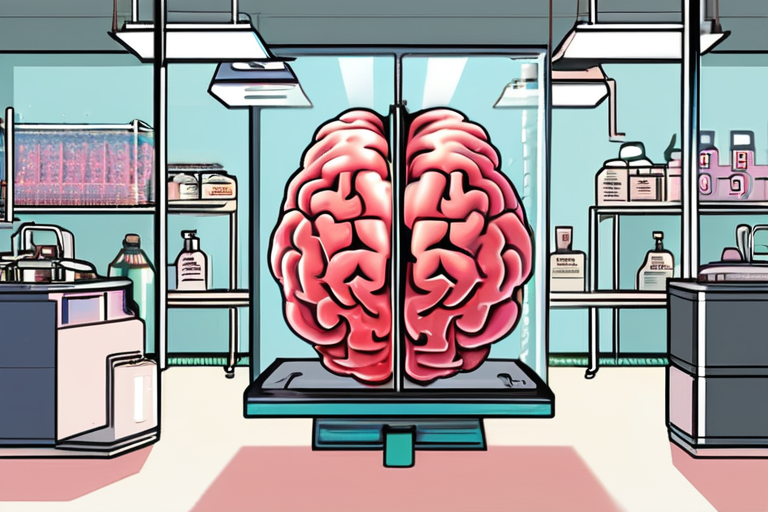
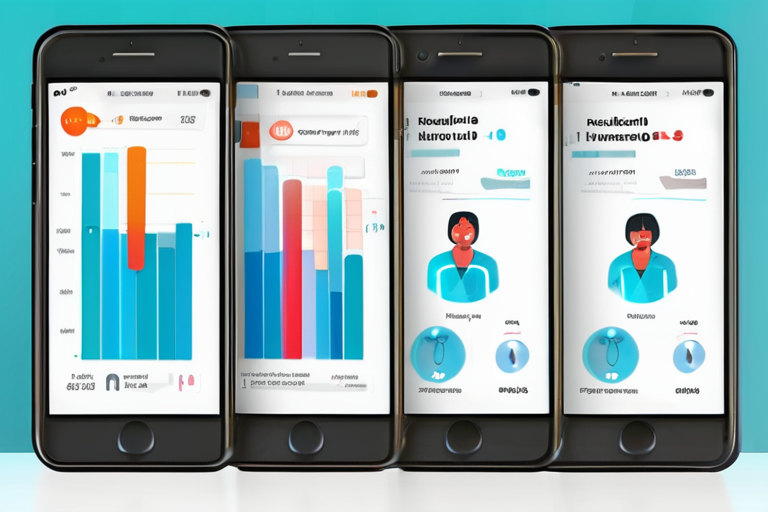



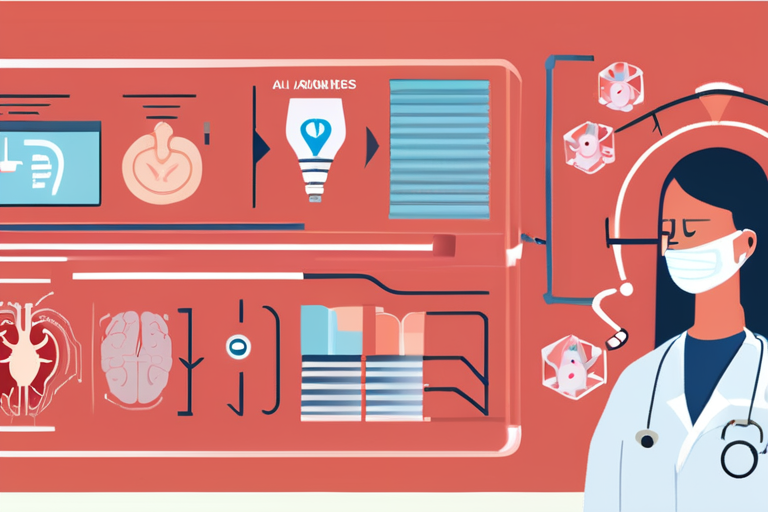


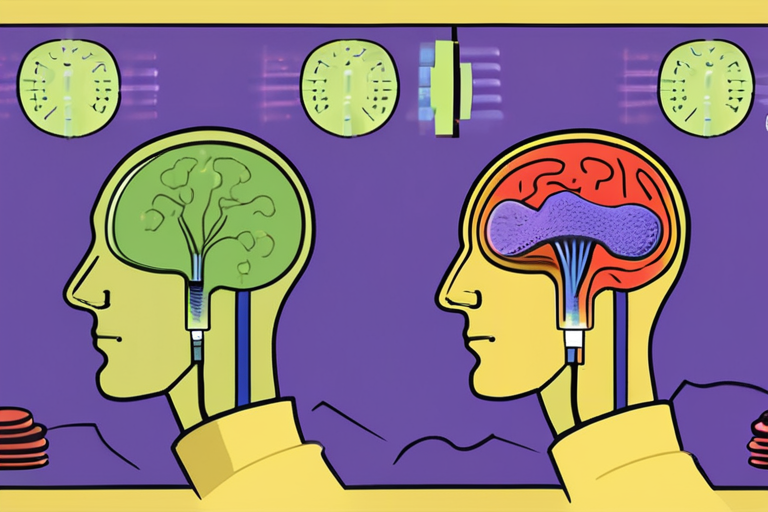


Share & Engage Share
Share this article